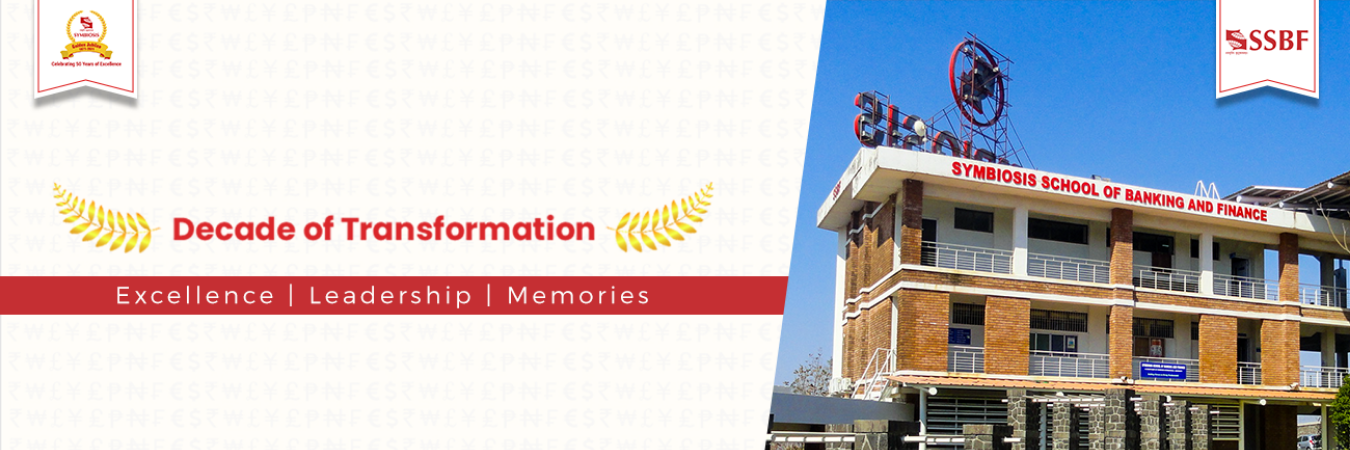India and microfinance do not have a historical relationship, but in the last three decades, this term has become quite a pivotal one in India’s economy. This concept came into being in the 70s when plenty of self-help groups started to crop up informally. It was only post 1991, that Indian microfinance saw a lot of growth due to liberal policies in our economic system. Post this, lending became much easier for private sector organizations, and people had another source of finance to fall back upon. However, this regularization came with its fair share of setbacks. But, it was due to crises like the one that occurred in Andhra Pradesh in the year 2010 in the microfinance field, many changes were introduced by the RBI in the years to follow. Ever since there has been quite a significant growth in the microfinance field. To that effect, let us look at the current situation of Microfinance field and also the opportunities we can look forward to:
Highlights of recent trends
- Bigger loans than before
At the moment, Micro Finance Institutions are in a position to offer bigger loans to the borrowers. Initially, MFIs would typically provide a smaller amount based on the income generation of the consumers. As these consumers kept maturing over multiple cycles, the focus shifted to bigger loans.
- Leap in the past two years
In the past two years, there has been nearly a 58% leap in the average loan size borrowed by each customer. For instance, the average loan taken in the year 2014 was Rs. 10,364/- while in the year 2016, it increased to Rs. 16,394/-. While this can be attributed to a more significant client base increasing and also higher income levels, it can be highly credited to easy lending rules of RBI.
- Shift from rural to urban
It cannot be denied that Indian Microfinance was largely concentrated on the rural focused sector when it started out. This is quite different from the microfinance sector in other countries like South America. However, more and more Microfinance institutes have moved their focus from simple rural areas to a more urban consumer base. This does not only helps them in cutting down operational costs but also increases operational efficiency by and large.
- Participation of Banks
Our banks always keep up with the times. Many banks today lend to small borrowers through the medium of MFIs. This helps them meet their lending targets. Even so, this would take quite a while to come up. The approval processes and the reluctance to lend money to small borrowers are still quite evident. Perhaps because of this, the demand for microfinance loans remains quite high in the unorganized sector.
Potential and Recommendations for a more profitable growth
The Microfinance field in India has quite a bit to offer. Herein, let’s look at the top recommendations for this field:
- Develop a digital cashless mobile banking platform
First things first, as India is progressing towards digital banking, it is only natural that we navigate the MFIs through this way too. While MFIs have emphasized on achieving really high repayment rates in the past; this process largely required manpower. This made the process quite slow and inefficient too. However, as technology is becoming a CenterPoint for BFSI, making MFIs more digital can help in cost reduction and in garnering a higher consumer base. Today, we actually require cashless payment systems to reach even rural India. With a nation that has 1 billion subscribers, this would greatly help MFIs increase their hold in the market.
- A stronger and more efficient system is required for the credit information on Microfinance institutions
Since we have a CIBIL system set in place, lending and borrowing is quite efficient. High Market Credit Information Services was established in the year 2010 and was actually the first credit bureau for MFIs. Not a lot of reliable information was available for the borrowers, hence this bureau helped in addressing these issues. But, to truly keep up with the growth of microfinance, a lot more credit bureaus need to come up too.
- More crowdfunding platforms can help the microfinance field grow and become more accessible
Lastly, crowd funding has come up as one of the strongest forms of alternative lending in India. Even so, crowdfunding and micro lenders do not have a very concrete path that connects both. Crowd funding has not really paid a lot of heed to the micro loan market. We need to come up with many more crowd funding platforms in order to provide a more holistic access to different forms of capital in the nation.
In a nutshell:
All in all, the microfinance field is yet to see a growth spurt in India. However, with some more leniency in policies and plenty of steps to grow the field, we would be able to use this particular facet of finance to the advantage of Indian economic growth.
Faculty ,SSBF



